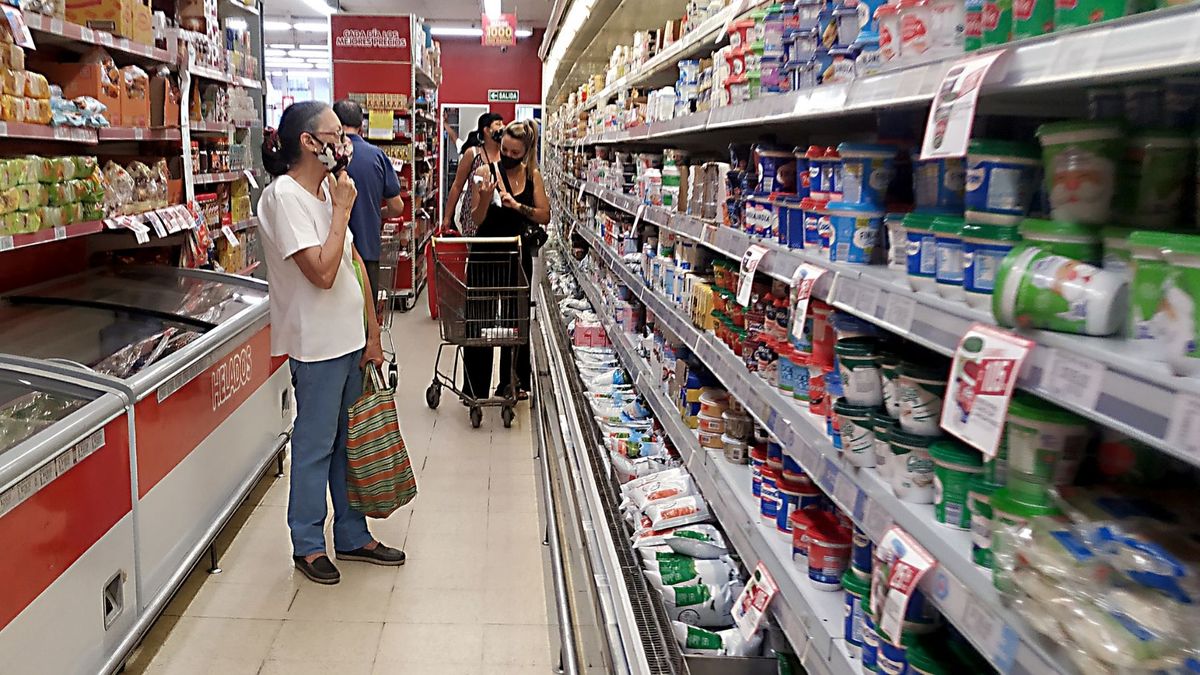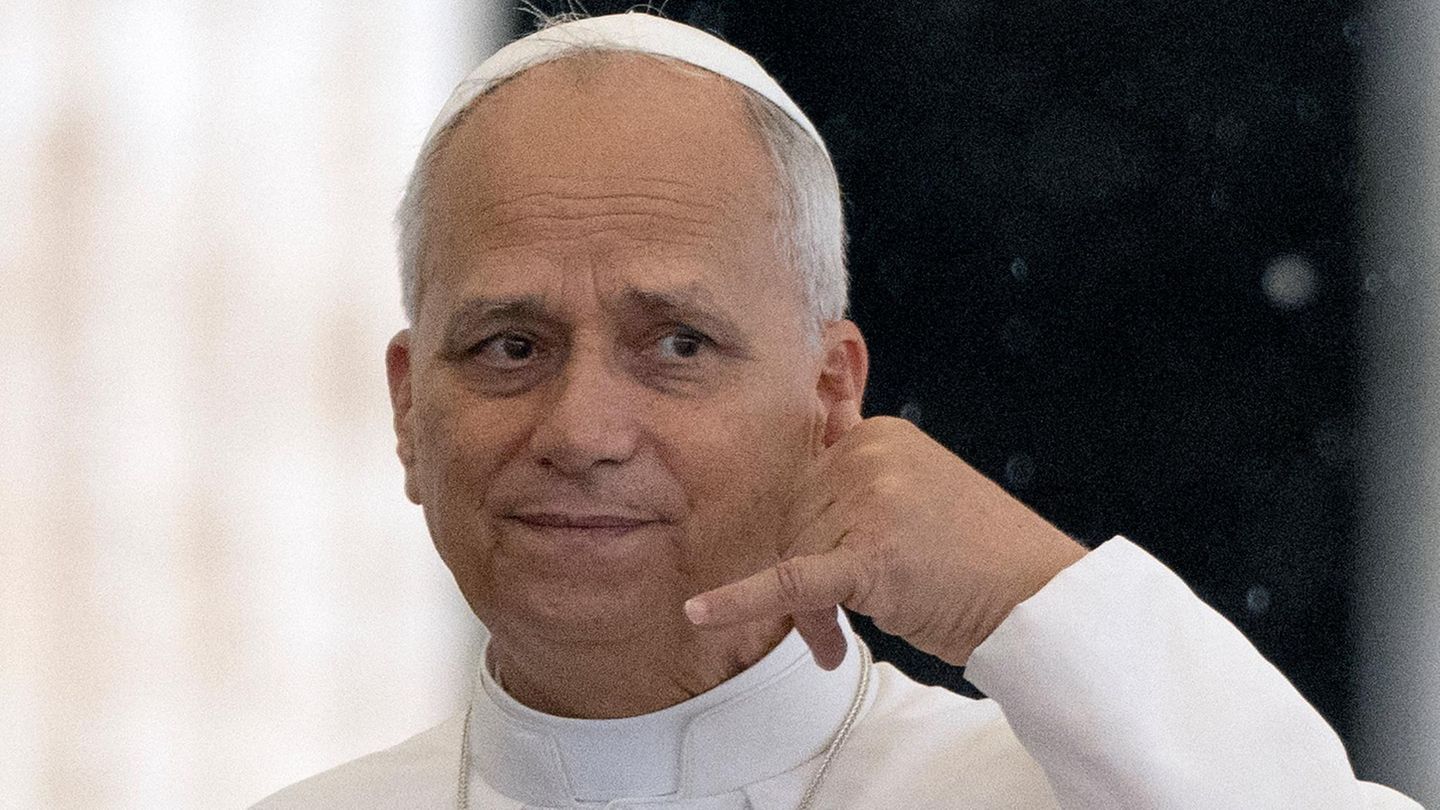By case, according to the consultant S&T, August inflation was 6.7% for the GBA. “In this way, the twelve-month variation climbed to 75.9%, a rate comparable to that of January 1992,” they pointed out from the firm. “Transport and communications was the item with the highest increase due to the 40% adjustment in public transport. At the end of the month, the increase in fuels”, they added, and highlighted: “Clothing rose again significantly, as in July, despite not being a seasonally strong month”. Meanwhile, they observed that food and beverages grew 7.5%with generalized increases in its components, “although the increase in fruits and vegetables should be highlighted”.
He also projected a rise in 6.7% consulting firm EcoGo, after its survey of retail prices in the third week of the month. The firm Analytica, meanwhile, estimates a rise in the IPC of 6.4%. And from Focus Market, a 6.2%.
“Inflation in August is on the podium of the three highest of the year, dragged by Health, Transport and Recreation. In the case of ‘Food and Drinks’, average inflation is 6.4% with many categories still in the order of two digits. In the year-on-year comparison, many products of the basic basket are in a three-digit price variation,” explained Damián Di Pace, director of Focus Market.
For its part, the CPI of the Fundación Libertad y Progreso showed an advance of 6% monthly, “recording the third largest rise of the entire Alberto Fernández Administration.” “In this way, in the first 8 months of 2022, accumulated inflation reaches 55%. This is the largest accumulated inflation for the first eight months of the year since 1991,” the firm said in its report.
“The good news is that in August the collapse in the demand for money was stopped, which can be seen in the relative calm that the financial exchange rate had. The bad thing is that, without a run against the peso, monthly inflation was 6%. Although it seems like an eternity passed, in August of last year monthly inflation was 2.5%, less than half the current rate,” said Eugenio Marí, Chief Economist of Libertad y Progreso.
what to expect in september
Dairy products Inflation Food Consumption Prices Basic Basket
September inflation would again exceed 6%, according to analysts.
Ignatius Petunichi
Although it is possible that there is again evidence of a deceleration Compared to August, September inflation will hardly pierce 6%. It is that, in addition to the inertia and the different planned increases, the updating of the rates is added.
“We estimate 6% for September”pointed to Ambit Claudio Caprarulo, director of Analytica, who added: “Inertia sets a high floor for inflationThat is why we see in the best scenario a monthly inflation of around 5% only in December”.
“In September, inflation is likely to remain above 6%”, Camilo Tiscornia added in this regard, emphasizing that inertia and the updating of rates will play a key role in this aspect.
“Inflation in September is going to continue on the path of a very high speed and we will hardly have a figure of less than 5% in the rest of the year. However, the first increase in rates is contemplated in the coming month,” he told Ámbito Lautaro Moschet, Economist at Fundación Libertad y Progreso, who explained: “On average, gas service is expected to increase by 10%, while electricity will increase by about 22%. Of course, in low-income households, the price will not be affected because they will continue to receive subsidies, just as medium-income households will maintain subsidies for up to 400kw/h of consumption”.
“With all this, the direct impact on the IPC is expected to be 0.5p.p. It is also true that there will be a secondary effect through the increase in the cost of production. This second impact is much more difficult to calculate because it differs from the cost structure of each sector.. But the truth is that it will push prices up even more. Although it is painful for the pocket, it must be taken into account that the subsidies generated enormous distortions in the fiscal accounts and their elimination or reduction is a necessary requirement to be able to reduce spending and consequently the fiscal deficit, which is the main driver of emission currency,” Moschet concluded.
Source: Ambito
David William is a talented author who has made a name for himself in the world of writing. He is a professional author who writes on a wide range of topics, from general interest to opinion news. David is currently working as a writer at 24 hours worlds where he brings his unique perspective and in-depth research to his articles, making them both informative and engaging.




